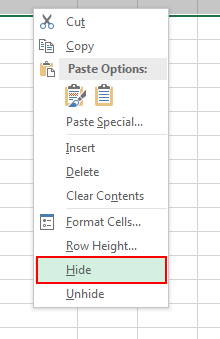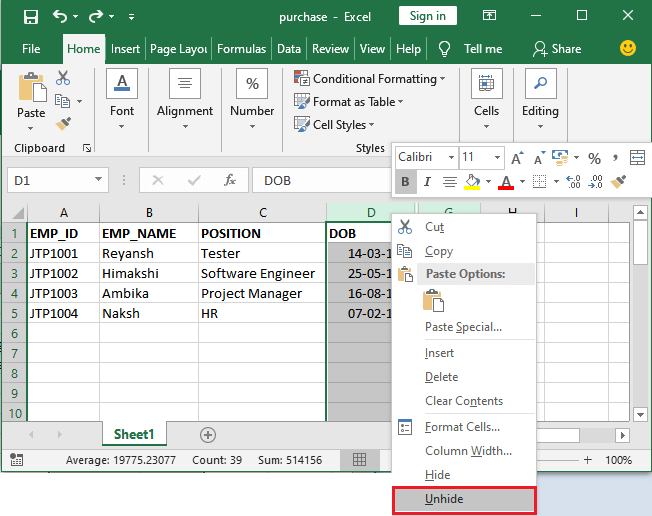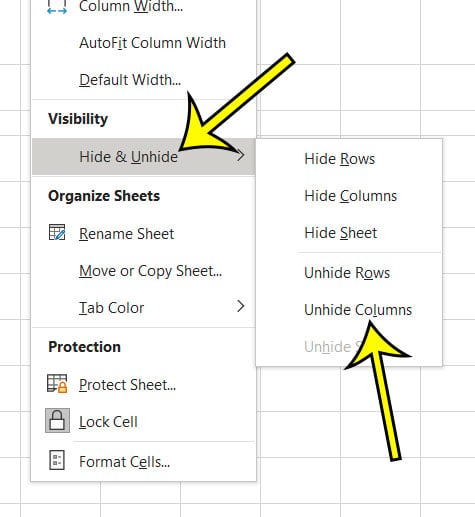

Figure 5- Delete a Column Note: It's critical to distinguish between removing a row or column and merely wiping its contents. Note: We may also delete a column by right-clicking it and then selecting Delete from the shortcut menu.
The selected column(s) will be removed, and the columns to the right will be shifted to the left. The selected row(s) will be removed, and the rows below will be moved up.įigure 4- Delete a Row Note: We can also delete a row by right-clicking the row header, and then.  On the Home tab, select the Delete command. We may delete rows and columns from a spreadsheet.īe sure it doesn’t include any data that we wish to preserve. To fill empty space or eliminate undesirable data, If we just choose a cell in a row or column, the Insert command will only insert a new cell.
On the Home tab, select the Delete command. We may delete rows and columns from a spreadsheet.īe sure it doesn’t include any data that we wish to preserve. To fill empty space or eliminate undesirable data, If we just choose a cell in a row or column, the Insert command will only insert a new cell. #UNHIDE A COLUMN IN EXCEL FULL#
Figure 3- Insert a column Note: When entering rows and columns, make sure to select the full row or column by selecting the header. Note: We may alternatively insert a column by right-clicking the header of the column to the left of which we want to add a new column, then selecting Insert from the shortcut menu.
The new column will be added to the left of the already chosen column.  Click the column heading to the right of the location where we want the new column to appear. Hover the cursor over the Insert Choices button, then click the drop-down arrow to view more options. Excel formats added rows using the same formatting as the cells in the row above by default. This option lets us choose how Excel formats the cells. Figure 2- Insert a row Note: When we enter additional rows, columns, or cells, the Insert Options button appears next to the added cells. Note: We can also insert a row by right-clicking the header of the row above which we wish to add the new row and selecting Insert from the shortcut menu. The new row will be shown above the already chosen row. On the Home tab, select the Insert command. Click the row heading to the right of where We want the new row to appear. Insert rows and columns into a worksheet to fill in blanks or add data.Ĭolumns are added to the left of the specified column, and rows are added above the specified row. The Cells group on the Home tab of the Ribbon offers controls for quickly inserting, deleting, or formatting rows and columns (see Figure 1). Rows and columns can be resized or hidden to suit our needs. The overall number of rows and columns in the worksheet is not affected by these procedures. Or delete rows and columns if the data included in them is no longer required. We may still insert rows and columns to create room for more data, Insert, Delete, move, and hiding rows and columns in ExcelĪlthough the number of rows and columns in a worksheet is set,
Click the column heading to the right of the location where we want the new column to appear. Hover the cursor over the Insert Choices button, then click the drop-down arrow to view more options. Excel formats added rows using the same formatting as the cells in the row above by default. This option lets us choose how Excel formats the cells. Figure 2- Insert a row Note: When we enter additional rows, columns, or cells, the Insert Options button appears next to the added cells. Note: We can also insert a row by right-clicking the header of the row above which we wish to add the new row and selecting Insert from the shortcut menu. The new row will be shown above the already chosen row. On the Home tab, select the Insert command. Click the row heading to the right of where We want the new row to appear. Insert rows and columns into a worksheet to fill in blanks or add data.Ĭolumns are added to the left of the specified column, and rows are added above the specified row. The Cells group on the Home tab of the Ribbon offers controls for quickly inserting, deleting, or formatting rows and columns (see Figure 1). Rows and columns can be resized or hidden to suit our needs. The overall number of rows and columns in the worksheet is not affected by these procedures. Or delete rows and columns if the data included in them is no longer required. We may still insert rows and columns to create room for more data, Insert, Delete, move, and hiding rows and columns in ExcelĪlthough the number of rows and columns in a worksheet is set,







 0 kommentar(er)
0 kommentar(er)
